| Reporting from CHANGCHUN, China
It’s midday Thursday in Changchun, the Detroit of China, and auto factory retiree Zhang Jinchuan is nearly three sheets to the wind. He and two friends are lunching at a hole-in-the-wall, swigging rice wine and beer and puffing on cigarettes.
Zhang spent his whole working life at the state-run First Automotive Group, one of China’s largest carmakers. He receives a pension of about $1,000 a month, which helps keep him happy.
“Changchun has good geography; we aren’t mountainous like most of China. We’ve got farmland and factories. Here, there are no earthquakes, no typhoons,” said the gregarious Zhang, 60. “We can always bank on this being a good place.”
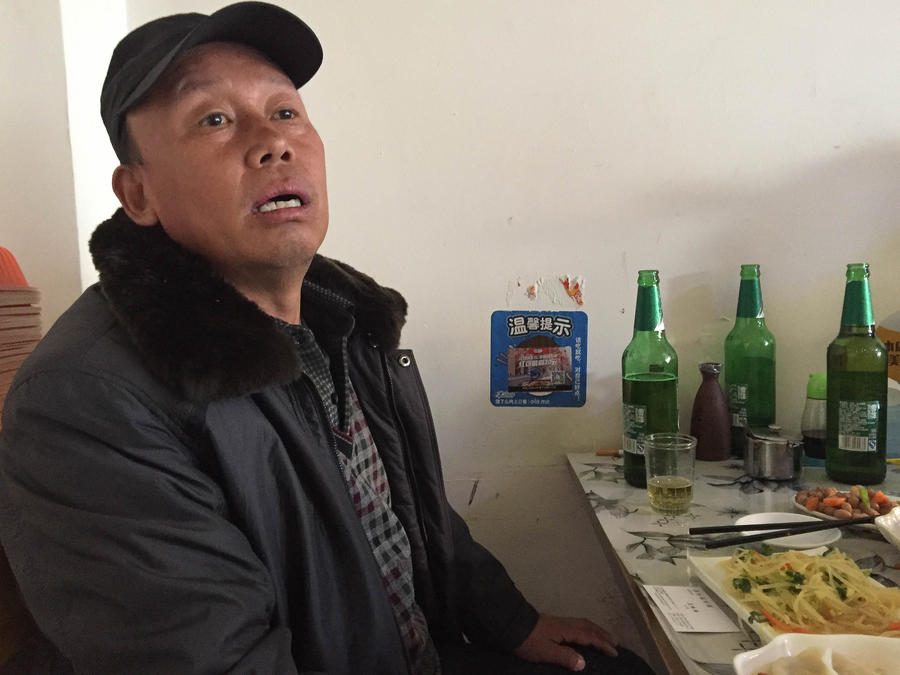
But economic storm clouds are gathering in China, particularly in the northeast industrial heartland. Of particular concern are China’s 150,000 state-owned enterprises, which employ some 30 million people. In an ominous sign, China said last week it had set aside $15.3 billion to assist 1.8 million workers who may be laid off — just in the coal and steel sectors — in the next two years.
Whether the government can really cut bloated payrolls at “zombie companies” laden with debt and excess capacity, and let market forces play a bigger role, remains to be seen. Moody’s Investor Service lowered its outlook on China’s government bonds from stable to negative this week, citing concerns about rising debt and expressing pessimism about Beijing’s stomach for reforming state-owned enterprises. At the same time, the agency also cut its outlook to negative on dozens of large state-run enterprises such as China Mobile, warning that the government may curb support for them.
Chinese leaders are gathering this week in Beijing for the country’s annual legislative session, during which they are to approve a five-year economic road map for the country.
If China does have the will to order mass layoffs at state-run firms, the cuts may hit particularly hard in the northeast, home of Changchun. State-owned companies in heavy industry such as coal, steel and auto-making still account for about half of the northeast’s economic activity, while nationwide, state-backed firms contribute less than one-third of gross domestic product.
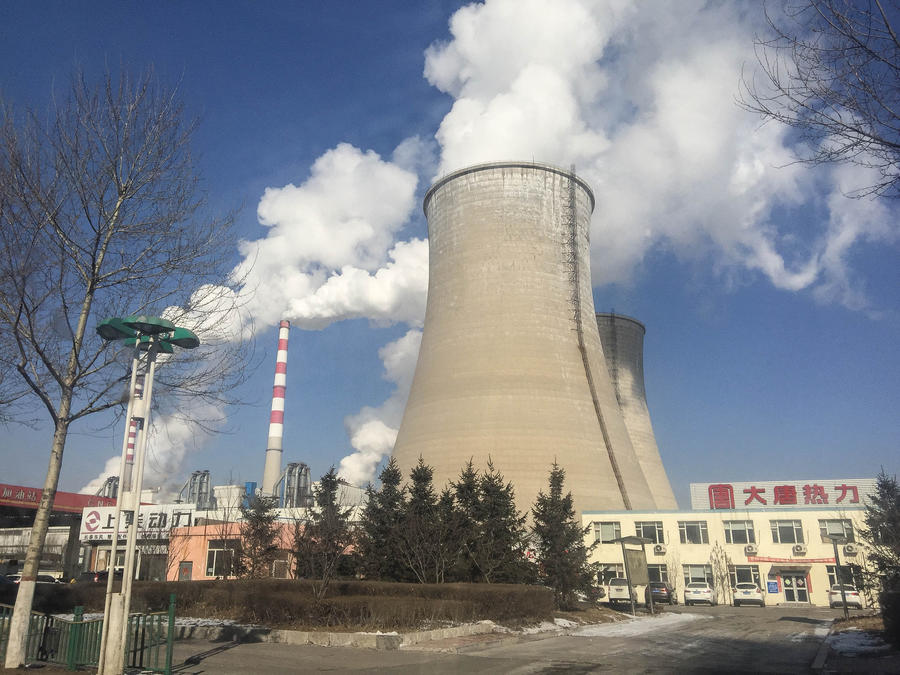
For years, Changchun and the rest of Jilin province — its name means “auspicious forest” — enjoyed success, along with China’s two other northeastern provinces, Liaoning and Heilongjiang. The region has long been China’s industrial heartland and breadbasket, and young people vied for positions in deep-pocketed state-owned heavy enterprises like First Automotive. Between 2008 and 2012, the region’s GDP grew at 12.4% a year — outpacing the national average — as the nation went on a building spree and an emerging middle class turned China into the world’s biggest auto market.
But the region, rich in coal, oil and iron ore, has been hit by plunging commodity prices and a nationwide slowdown in construction. Overcapacity in state-run steel mills and other factories has sapped growth. Last year, three of China’s four slowest-growing provinces were in the northeast — Liaoning (GDP up 3%), Heilongjiang (5.7%) and Jilin (6.5%).
“This is a painful process to restructure. A lot of people will lose their jobs,” said Jörg Wuttke, president of the European Chamber of Commerce in China, which last week issued a frank report on China’s overcapacity issues.
In addition to sucking air out of China’s economy, he said, the problem has spilled beyond the nation’s borders. With no way to sell excess production at home, China’s steelmakers are flooding Europe with cheap product and fueling protests over dumping. “The situation has gotten so dramatically bad that action has to be followed very soon,” he said. “The time of rhetoric is over.”
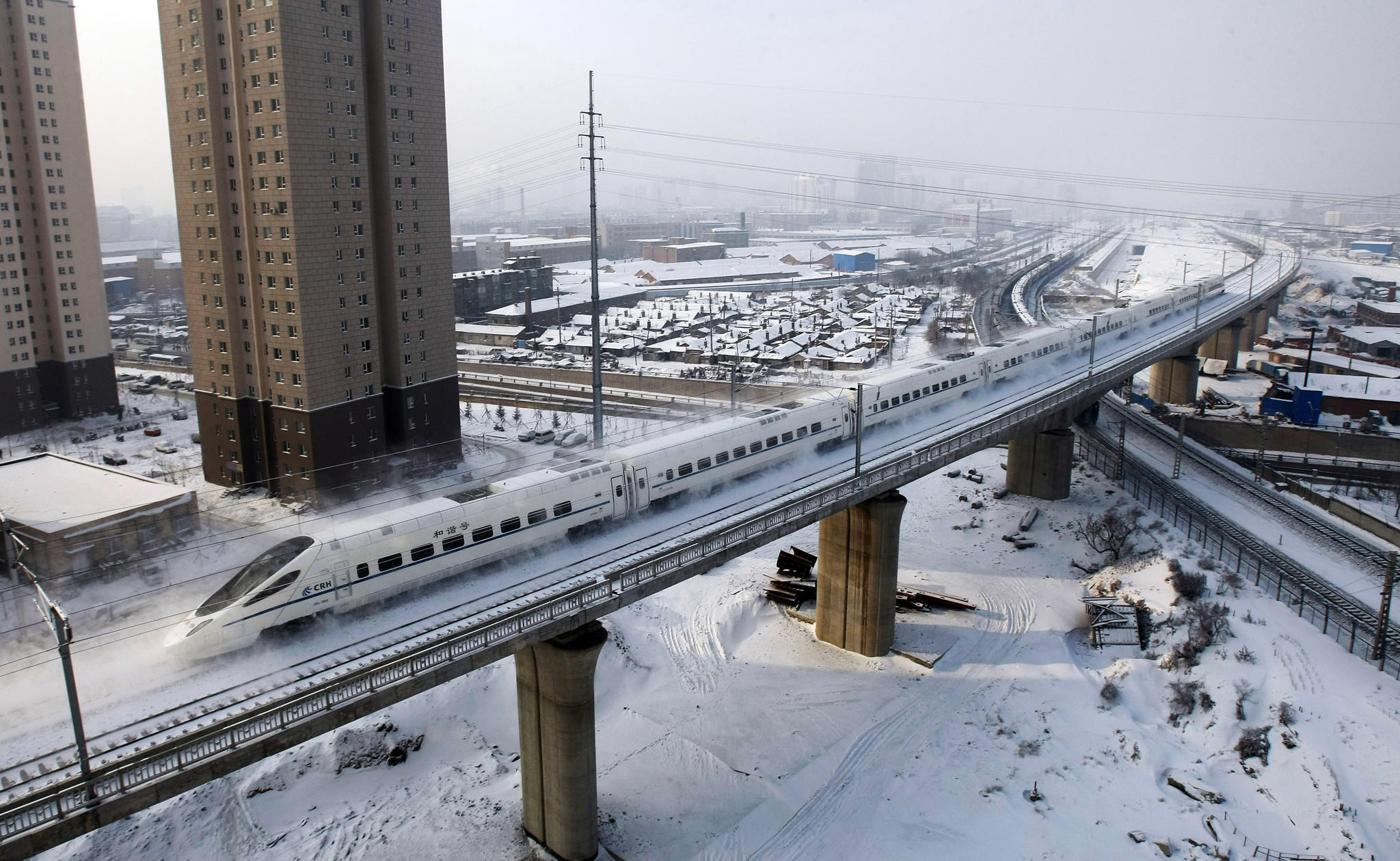
Driving around Changchun, Jilin’s capital, signs that a major economic reckoning may be near are not obvious. New residential high-rises with names like Lafite Mansion and Noble Realm Blue Bay dot the skyline. A Hyatt hotel just opened downtown. Workers are digging the city’s first subway, which residents hope will ease the gridlock choking the city of 7 million.
“Traffic has just exploded in the last few years,” said Majdi Alhmah, general manager of BFG China, a Bahrain-China joint venture set up in 2006 in Changchun to produce fiberglass components for China’s trains and subways. “When we started our factory, almost none of our employees had cars; we had just three in our parking lot. Now there are 60 to 70.”
But shopkeepers and taxi drivers say they’re sensing a slowdown. “Customers have switched to cheaper cigarettes,” said Li Shuxian, who runs a cluttered convenience shop in a housing complex for First Automotive workers. And she’s dropped the rent on an apartment she leases out.
It’s not just China’s general economic downshift that’s hurting. Cabbies say they’re feeling the pinch of President Xi Jinping’s corruption crackdown, which has cut into banqueting, karaoke outings and spa visits by officials and executives at state-run firms. The anti-graft drive hit home in Changchun last spring, when First Automotive’s chairman, Xu Jianyi, was removed for what authorities called “severe” violations of Communist Party discipline and the law.
“Business is down about 20% at night,” said 41-year-old driver Zhang Xin.
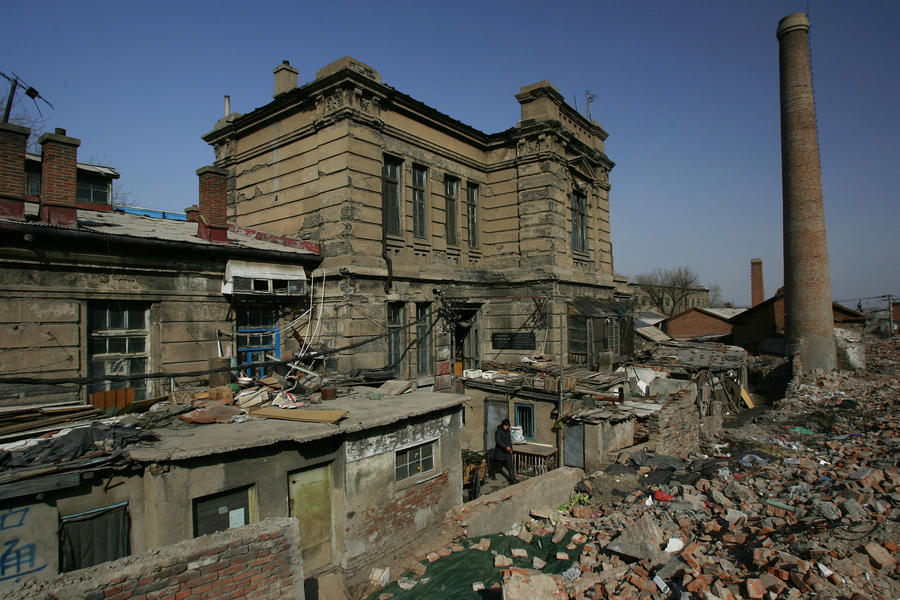
The crackdown coincided with a nationwide slowdown in luxury car sales. Audi cut production at the First Automotive Group’s Changchun plant nearly 11% to 311,502 cars in the first nine months of 2015. And First Automotive’s revenue was off more than 13% in the first half of last year. Workers were given unpaid leave and their bonuses were reduced, locals say. The company did not respond to a request for comment.
“My friend was making 7,000 renminbi [about $1,068] and it was cut to 3,000,” one month last summer, said Zhang. “Cars were piling up on the lot and they couldn’t sell them.”
So far in 2016, Volkswagen says its China sales are on an upswing. But provincial officials say the northeast has to diversify away from heavy manufacturing and state-run companies. They want to develop high-tech industries and the service sector, attract more joint ventures and encourage entrepreneurship.
Baiyinchaolu, the Communist Party chief of Jilin, sees tourism is a bright spot, with visitors flocking to hot springs, scenic peaks and wintertime ice and snow sculptures. But he told the state-run China Daily last week that “Jilin’s service sector is still small in size, unbalanced in structure ... lower in level and weaker in competence” compared to more developed regions such as Shanghai.
In February, China’s State Council announced a plan to create a 192 square mile “new area,” covering several districts in Changchun, to “promote economic growth.” But local authorities declined to answer questions about what benefits businesses in the “new area” might be entitled to.
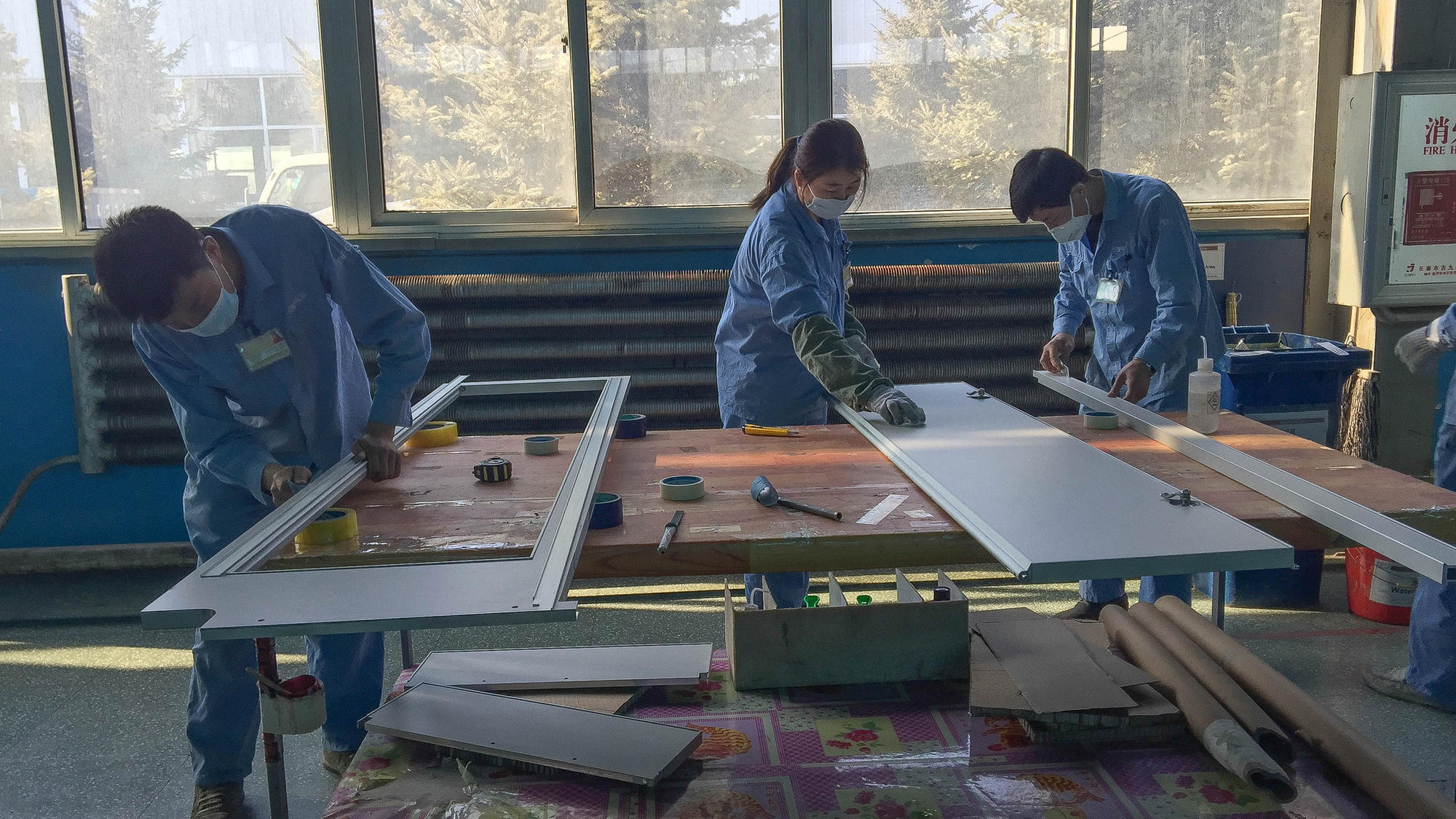
Alhmah, the factory boss, said he sees potential in Changchun because it’s still relatively underdeveloped. “There is opportunity in this city because even if you do something that’s relatively good — it doesn’t have to be great — it can be successful.”
Besides running the fiberglass company, Alhmah — a native of Syria — has started a takeout restaurant selling Middle Eastern cuisine. And last year, he founded a tech company; its first product is a bilingual job search app with features like video interviews. He got it off the ground with about $300,000 in funding from friends and acquaintances, and now has 12 people working on the software development.
Although it was a bit difficult to recruit programmers, the coding is progressing rapidly and the company aims to launch a test version this month.
“It’s a challenge,” Alhmah said, “but things can happen here really fast.”

Besides computer tech, pharmaceutical and biotech are sectors Changchun is eyeing for expansion. Jin Lei, who founded a biotech company, GeneScience Pharmaceuticals, 20 years ago in Changchun, says the city has some advantages, including a pool of skilled workers from state-owned enterprises.
But there are many obstacles to making Jilin a hotbed of innovation, he believes. Local universities churn out decent entry-level employees but not world-class researchers, he says. Changchun is off the beaten path, making it hard to recruit top-tier talent; advanced degree holders trained overseas prefer to live in cosmopolitan cities like Beijing, Jin said.
The weather too is a major drawback; few people want to move to a place so cold in winter that street vendors sell ice cream all day out of boxes — no freezers required.
Moreover, the northeast has almost no ecosystem of venture capital or private equity. “If such groups do look here, they don’t think it’s an attractive place to invest,” said Jin, whose factory got off the ground thanks to government investment and even today, 70% of the shares are held by the state.
“I don’t think things can change dramatically or immediately,” he said. “The government has to do more to nurture the environment. … Overall, the ecosystem is still oriented toward traditional industries.”
Email the reporter or follow @JulieMakLAT for news from China.
Special correspondent Chuan Xu contributed to this report.
Design and production by Lily Mihalik and Sean Greene. A thermal power plant discharges heavy smog into the air in Changchun, in northeast China's Jilin province, in 2013. (Getty Images)
